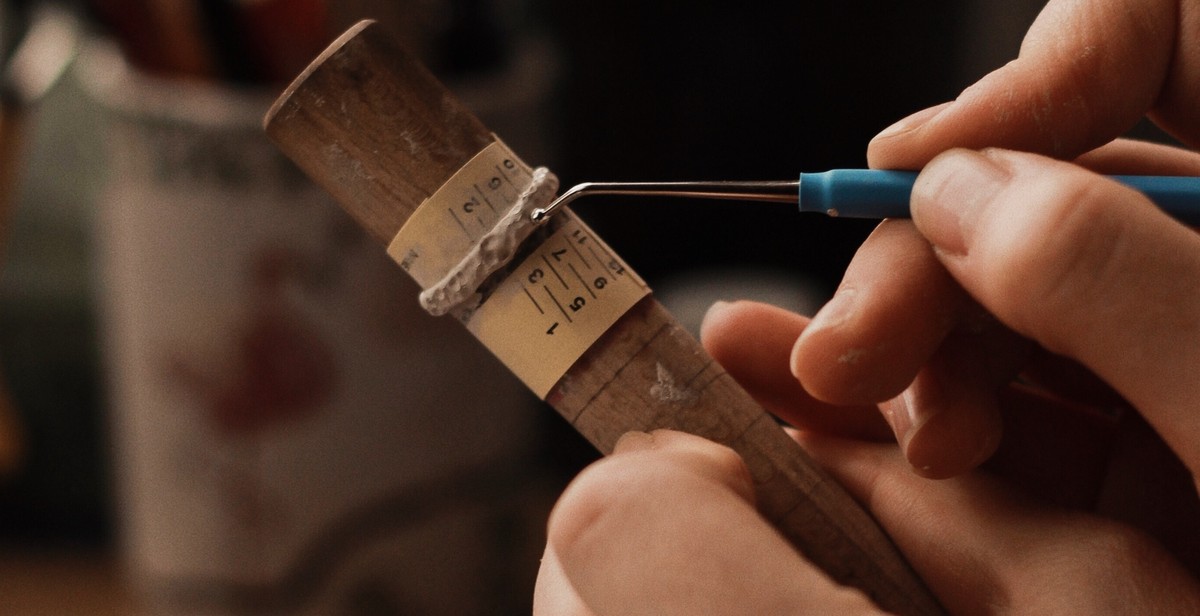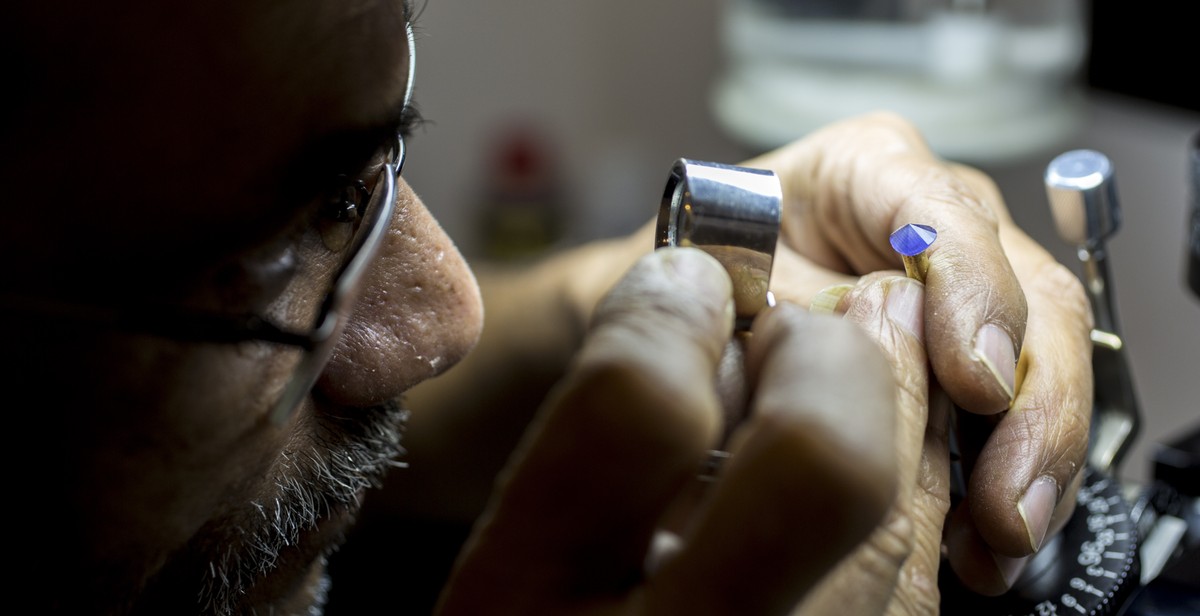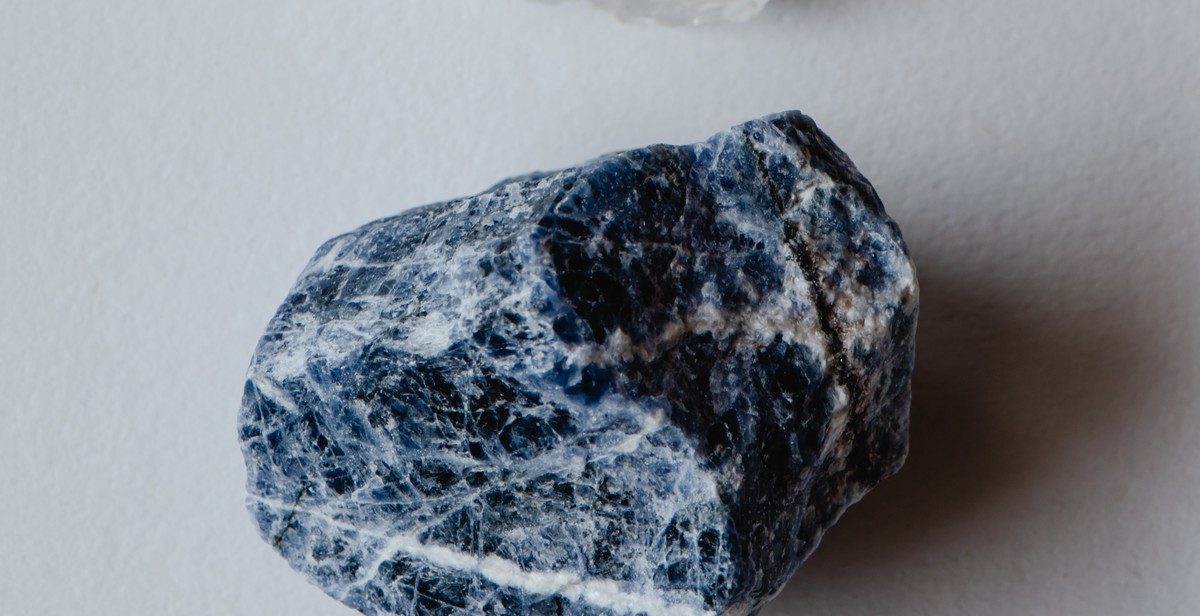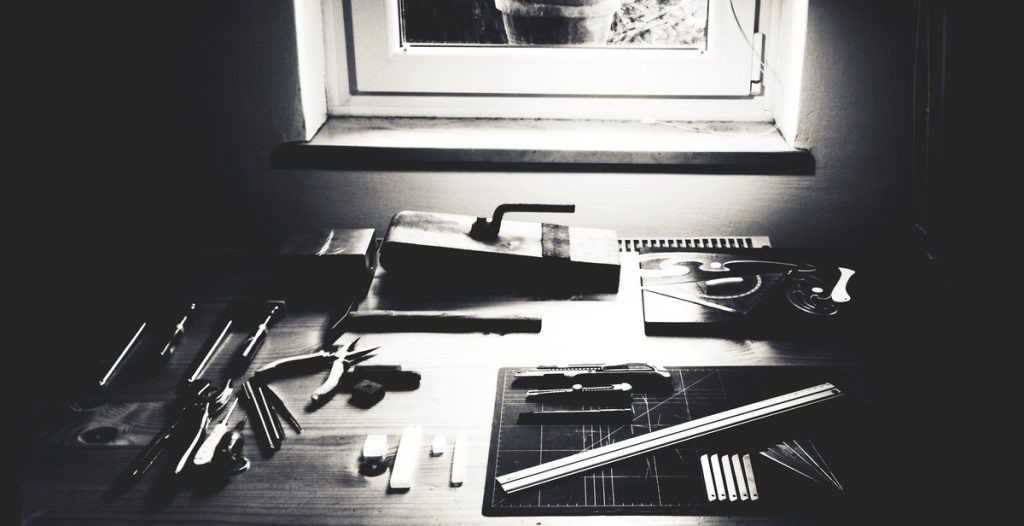The Fascinating World of Lapidary: Understanding the Craft of Gemstone Cutting and Polishing
Gemstones have been used for centuries as a symbol of wealth, power, and beauty. From ancient times to modern days, they have been used to adorn jewelry, clothing, and even buildings. But have you ever wondered how these precious stones are cut and polished to reveal their natural beauty?
The answer lies in the art of lapidary, the craft of cutting, shaping, and polishing gemstones. Lapidary artists use a variety of tools and techniques to transform rough, uncut stones into stunning works of art.
The History of Lapidary
The art of lapidary dates back to ancient times, with evidence of gemstone cutting and polishing found in civilizations such as ancient Egypt, Greece, and Rome. In the Middle Ages, lapidaries were highly skilled artisans who were responsible for cutting and polishing gemstones for royalty and the wealthy.
The Process of Lapidary
Today, lapidary is a complex and intricate process that involves several stages. The first stage is sawing, where the rough stone is cut into manageable pieces. The next stage is grinding, where the stone is shaped and smoothed using a series of progressively finer abrasive materials. Finally, the stone is polished to reveal its natural beauty.
Whether you are a gemstone enthusiast or simply curious about the craft of lapidary, understanding the art of gemstone cutting and polishing is a fascinating journey into the world of precious stones.

What is Lapidary?
Lapidary is the art of cutting, shaping, and polishing gemstones. The word “lapidary” comes from the Latin word “lapidarius,” which means “stone cutter.” Lapidary involves using a variety of tools, including saws, grinders, and polishers, to create beautiful and intricate designs in gemstones.
History of Lapidary
The practice of lapidary dates back thousands of years. In ancient times, gemstones were highly valued for their beauty and rarity, and lapidary was a skill that was passed down from generation to generation. The ancient Egyptians, Greeks, and Romans were all skilled lapidaries, and many of their works still survive today.
During the Middle Ages, lapidary continued to be an important craft, with many skilled lapidaries creating intricate designs in gemstones for royalty and the wealthy. In the Renaissance, lapidary reached new heights of popularity, with many artists incorporating gemstones into their works of art.
Today, lapidary is still a popular craft, with many people creating beautiful jewelry and decorative objects using gemstones. With the advent of modern technology, lapidaries now have access to a wide range of tools and techniques that make it easier than ever to create intricate designs in gemstones.
Whether you are a professional lapidary or a hobbyist, the art of gemstone cutting and polishing is a fascinating and rewarding pursuit that allows you to create beautiful and unique works of art.

The Process of Lapidary
Lapidary is the art of cutting, shaping, and polishing gemstones. The process involves several steps that require skill and precision. Here are the three main steps involved in lapidary:
Step 1: Planning and Designing
The first step in lapidary is to plan and design the final product. This involves selecting the type of gemstone, determining the desired size and shape, and sketching out a design. The lapidary artist must take into account the natural features of the gemstone, such as its color, texture, and flaws, and work around them to create a beautiful finished piece.
Step 2: Cutting and Shaping
Once the design is finalized, the lapidary artist will begin cutting and shaping the gemstone. This step involves using a saw or other cutting tools to remove excess material and create the basic shape of the gemstone. The lapidary artist must be careful to cut the gemstone precisely, as any mistakes cannot be undone.
Step 3: Sanding and Polishing
After the gemstone has been cut and shaped, it is time to sand and polish it. This involves using a series of grits and polishing compounds to smooth out the surface of the gemstone and bring out its natural luster. The lapidary artist must be patient during this step, as it can take several hours to achieve the desired finish.
Overall, lapidary is a fascinating craft that requires skill and patience. By following these three main steps, a lapidary artist can create beautiful gemstone pieces that are both unique and stunning.

Types of Gemstones
Gemstones are precious or semi-precious stones that are cut and polished to be used in jewelry or for ornamental purposes. There are two main categories of gemstones:
Precious Stones
Precious stones are the most valuable and rarest gemstones. They are typically harder and more durable than semi-precious stones, and they are often used in high-end jewelry. The most well-known precious stones include:
- Diamonds: Diamonds are the most popular and valuable precious stones. They are known for their clarity, brilliance, and hardness.
- Emeralds: Emeralds are a green variety of the mineral beryl. They are known for their rich color and rarity.
- Rubies: Rubies are a red variety of the mineral corundum. They are known for their deep red color and durability.
- Sapphires: Sapphires are a variety of corundum that come in a range of colors, but are most commonly known for their blue hue.
Semi-Precious Stones
Semi-precious stones are more abundant and affordable than precious stones. They are often used in costume jewelry and for decorative purposes. Some popular semi-precious stones include:
- Amethyst: Amethyst is a purple variety of quartz. It is known for its deep purple color and is often used in spiritual and healing practices.
- Citrine: Citrine is a yellow variety of quartz. It is often used as a substitute for topaz in jewelry.
- Jade: Jade is a green mineral that has been used in jewelry and decorative objects for thousands of years. It is often associated with Asian cultures.
- Turquoise: Turquoise is a blue-green mineral that has been used in jewelry for centuries. It is often associated with Native American culture.
| Gemstone Type | Hardness (Mohs Scale) | Value |
|---|---|---|
| Diamonds | 10 | High |
| Emeralds | 7.5-8 | High |
| Rubies | 9 | High |
| Sapphires | 9 | High |
| Amethyst | 7 | Low |
| Citrine | 7 | Low |
| Jade | 6-7 | Low |
| Turquoise | 5-6 | Low |

Tools and Equipment
For any lapidary enthusiast, having the right tools and equipment is essential to create beautiful gemstones. Here are some of the most commonly used tools and equipment in the world of lapidary:
Saws
Saws are used to cut rough gemstones into manageable pieces. There are two types of saws used in lapidary work – trim saws and slab saws. Trim saws are small and portable, making them ideal for cutting small rocks and gemstones. Slab saws, on the other hand, are larger and more powerful, and are used to cut larger rocks and gemstones into slabs.
Grinders and Polishers
Once the rough gemstone has been cut into manageable pieces, it is time to grind and polish it. Grinders are used to shape the gemstone, while polishers are used to give it a smooth and shiny finish. There are various types of grinders and polishers available, including flat lap machines, cabbing machines, and sphere machines.
Other Essential Tools
Aside from saws, grinders, and polishers, there are other tools that are essential for lapidary work. These include:
- Diamond blades
- Diamond wheels
- Diamond burrs
- Carbide burs
- Polishing compounds
- Faceting machines
These tools are used to create intricate shapes and designs on gemstones, as well as to refine and polish them to perfection.
| Tool | Function |
|---|---|
| Diamond blades | Used to cut gemstones |
| Diamond wheels | Used to shape gemstones |
| Diamond burrs | Used to carve intricate designs on gemstones |
| Carbide burs | Used to shape and polish gemstones |
| Polishing compounds | Used to give gemstones a smooth and shiny finish |
| Faceting machines | Used to cut and polish gemstones with precision |
Having the right tools and equipment is essential for any lapidary enthusiast. With the right tools, anyone can create beautiful gemstones that are sure to impress.

Safety Precautions
When working with lapidary equipment, it is important to take the necessary precautions to ensure your safety. Here are some safety measures to keep in mind:
Protective Gear
Wearing protective gear is crucial when working with gemstone cutting and polishing equipment. This includes safety glasses, gloves, and a dust mask. Safety glasses will protect your eyes from flying debris, while gloves will prevent cuts and scrapes. A dust mask will protect your lungs from inhaling harmful dust and debris.
Proper Ventilation
Proper ventilation is essential when working with lapidary equipment. The dust and debris generated during the cutting and polishing process can be harmful when inhaled. Ensure that the area where you are working has good ventilation, and consider wearing a respirator if necessary.
Safe Handling of Equipment
It is important to handle lapidary equipment safely to avoid accidents. Always read the manufacturer’s instructions before using any equipment, and make sure you understand how to safely operate it. Use the equipment only for its intended purpose, and never modify it in any way. Keep your work area clean and free of clutter to prevent tripping or falling.
By following these safety precautions, you can enjoy the fascinating world of lapidary while minimizing the risk of injury.

Conclusion
The world of lapidary is a fascinating one that requires patience, skill, and precision. It involves the art of cutting, shaping, and polishing gemstones to enhance their beauty and value. From ancient times to the present day, lapidary has been an important craft that has captivated people’s imagination and inspired creativity.
In this article, we have explored the various techniques and tools used in lapidary, as well as the different types of gemstones that can be cut and polished. We have also discussed the importance of safety measures and the need for proper training and experience to become a skilled lapidary artist.
Whether you are a hobbyist or a professional, lapidary can be a rewarding and fulfilling craft that allows you to create beautiful and unique pieces of jewelry and artwork. With the right knowledge, tools, and techniques, you can turn rough gemstones into stunning works of art that will be cherished for generations to come.
Key Takeaways
- Lapidary is the art of cutting, shaping, and polishing gemstones.
- There are various techniques and tools used in lapidary, such as sawing, grinding, and polishing.
- The different types of gemstones that can be cut and polished include diamonds, rubies, emeralds, and sapphires.
- Safety measures are essential in lapidary, and proper training and experience are necessary to become a skilled lapidary artist.
- Lapidary can be a rewarding and fulfilling craft that allows you to create beautiful and unique pieces of jewelry and artwork.
Further Reading
| Title | Author | Publication Date |
|---|---|---|
| The Art of Gem Cutting | Antoinette Matlins | 2000 |
| Lapidary Journal | Various Authors | Monthly Publication |
| The Complete Guide to Making Wire Jewelry | Wing Mun Devenney | 2015 |
For further reading on lapidary and related topics, we recommend checking out the resources listed above. With dedication and practice, you can become a skilled lapidary artist and unlock the full potential of this fascinating craft.

